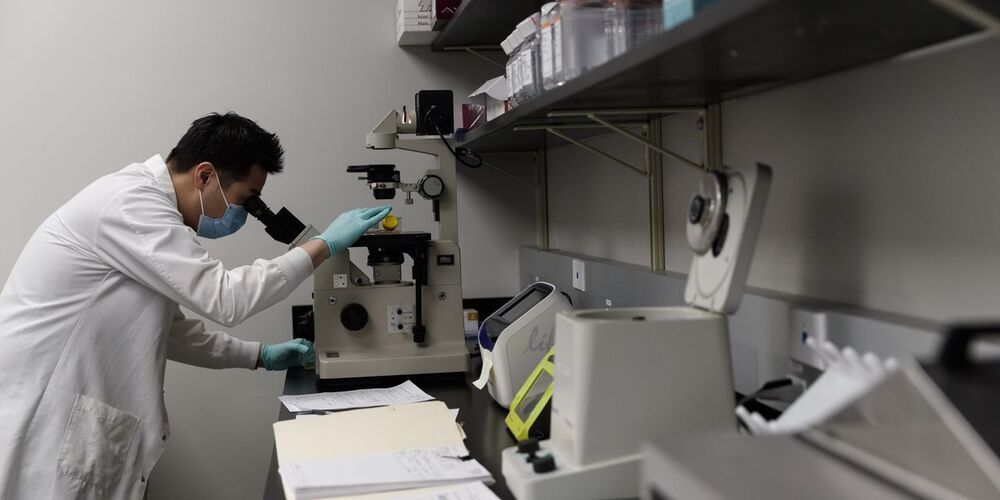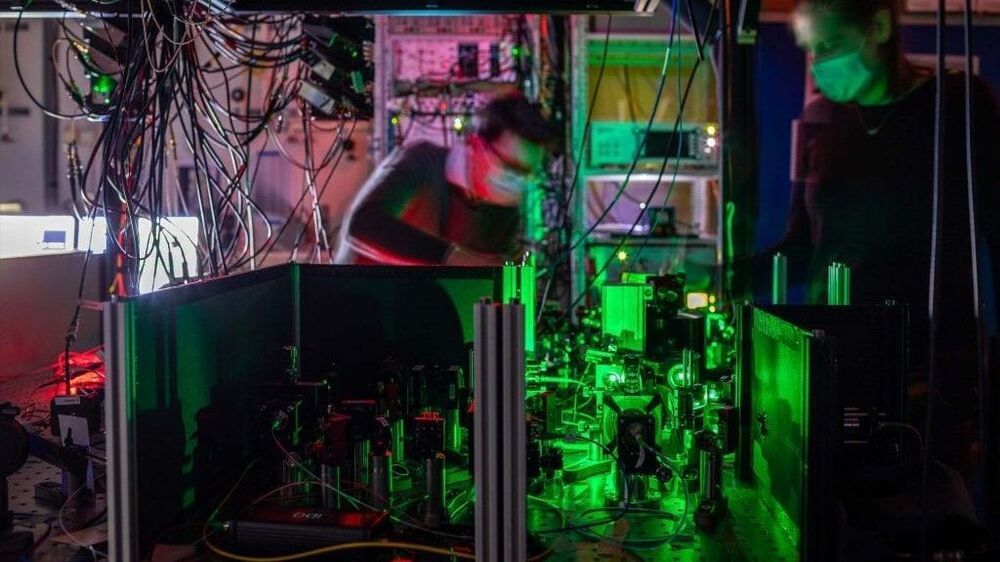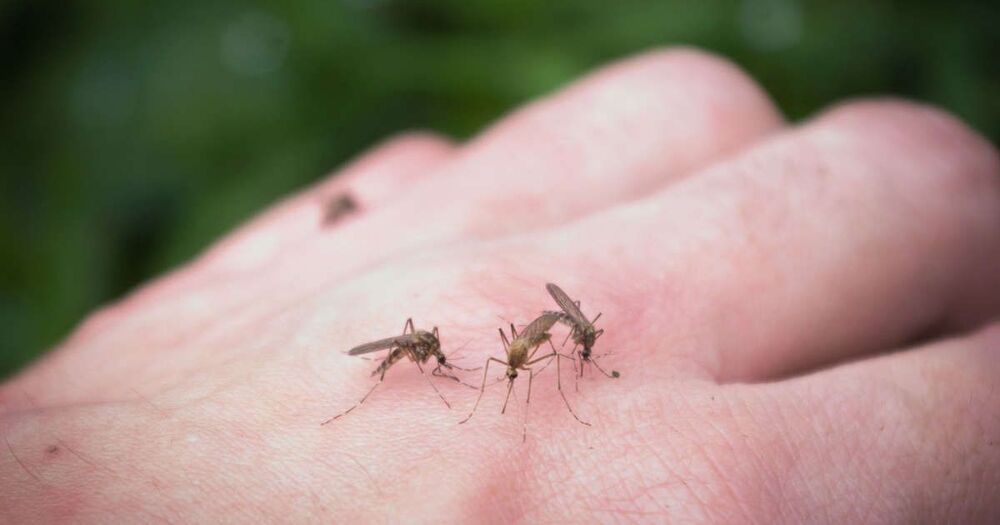This computer whizz brings classical works of art to life, and they’re epic 🎨 😍



Can low-carb diets like Keto help you live longer? I spent way too much time reading research papers and the answer seems to be…maybe.
Affiliate Disclaimer: Longevity Advice is reader-supported. When you buy something using links on our site, we may earn a few bucks.
I love bacon.
On a beach trip with some college friends a few years ago, I was put in charge of breakfast. I made sure to buy eight pounds of bacon (one for every person on the trip) for our three days at the beach house.


In its preparation for great power competition, the US military is modernizing its artificial intelligence and machine learning techniques and testing them in West Africa.
by Scott Timcke
NIAMI, NIGER (Africa is a Country) — One striking feature of US military involvement in West Africa is the absence of an observable strategic vision for a desired end state. Nominally, US presence in the region’s multilayered conflicts revolves around building “security cooperation” with state partners to improve counterterrorism capabilities, ostensibly providing protection to communities that states cannot.

A dynamo mechanism could explain the incredibly strong magnetic fields in white dwarf stars according to an international team of scientists, including a University of Warwick astronomer.
One of the most striking phenomena in astrophysics is the presence of magnetic fields. Like the Earth, stars and stellar remnants such as white dwarfs have one. It is known that the magnetic fields of white dwarfs can be a million times stronger than that of the Earth. However, their origin has been a mystery since the discovery of the first magnetic white dwarf in the 1970s. Several theories have been proposed, but none of them has been able to explain the different occurrence rates of magnetic white dwarfs, both as individual stars and in different binary star environments.
This uncertainty may be resolved thanks to research by an international team of astrophysicists, including Professor Boris Gänsicke from the University of Warwick and led by Professor Dr. Matthias Schreiber from Núcleo Milenio de Formación Planetaria at Universidad Santa María in Chile. The team showed that a dynamo mechanism similar to the one that generates magnetic fields on Earth and other planets can work in white dwarfs, and produce much stronger fields. This research, part-funded by the Science and Technology Facilities Council (STFC) and the Leverhulme Trust, has been published in the prestigious scientific journal Nature Astronomy.

Chemical organization in reaction-diffusion systems offer a strategy to generate materials with ordered morphologies and architecture. Periodic structures can be formed using molecules or nanoparticles. An emerging frontier in materials science aims to combine nanoparticles and molecules. In a new report on Science Advances, Amanda J. Ackroyd and a team of scientists in chemistry, physics and nanomaterials in Canada, Hungary and the U.S. noted how solvent evaporation from a suspension of cellulose nanocrystals (CNCs) and L-(+)-tartaric acid [abbreviated L-(+)-TA] caused the phase separation of precipitation to result in the rhythmic alteration of CNC-rich, L-(+)-TA rings. The CNC-rich regions maintained a cholesteric structure, while the L-(+)-TA-rich bands formed via radially elongated bundles to expand the knowledge of self-organizing reaction-diffusion systems and offer a strategy to design self-organizing materials.
Chemical organization
The process of self-organization and self-assembly occurs universally in non-equilibrium systems of living matter, geochemical environments, materials science and in industry. Existing experiments that lead to periodic structures can be divided into two groups including the classical Liesegang-type experiments and chemical organization via periodic precipitation to generate materials with ordered morphologies and structural hierarchy. In this work, Ackroyd et al. developed a strategy for solvent evaporation to phase separate an aqueous solution of tartaric acid/cellulose nanocrystals [L-(+)-TA/CNC or TA/CNC] for its subsequent precipitation to result in a rhythmic alternation of CNC-rich or CNC-depleted ring-type regions. The team developed a kinetic model which agreed with the experimental results quantitatively. The work expands the range of self-organizing reaction-diffusion systems to pave the way for periodically structured functional materials.

Japanese auto giant Toyota is working on a new-age hydrogen vehicle. When the words Toyota and Hydrogen are in the same sentence, the hydrogen-powered Toyota Mirai comes to mind. Still, the Mirai is a hydrogen-electric car or FCEV (fuel-cell electric vehicle). It uses hydrogen fuel to convert electricity and power an onboard electric motor. This time, Toyota came up with something different.
“At the end of last year, we built a prototype that provided that ‘car feeling’ that car lovers love, such as through sound and vibration, even though we were dealing with environmental technology, said Koji Sato, Chief Branding Officer, and Gazoo Racing Company President. ” It was only recently that I realized, as one thing led to another, that we could use technologies that we had on hand.”
😗
Four astronauts from the International Space Station (ISS) came back to Earth on Sunday in what was the first nighttime splashdown by a U.S. crew since the Apollo moonshot in 1968.
Six months ago, Elon Musk’s SpaceX launched four astronauts—Americans Mike Hopkins, Victor Glover, Shannon Walker along with Soichi Noguchi, from Japan’s space agency—into space aboard a Crew Dragon capsule, named Resilience, on a Falcon 9 rocket from NASA’s Kennedy Space Center at Cape Canaveral in Florida.
After a journey lasting over six hours, they returned this weekend in the same capsule, which parachuted into the Gulf of Mexico off the coast of Panama City, Florida at 2.56 a.m. ET. It marked the end of what SpaceX said was its “first six-month operational mission” to the ISS.